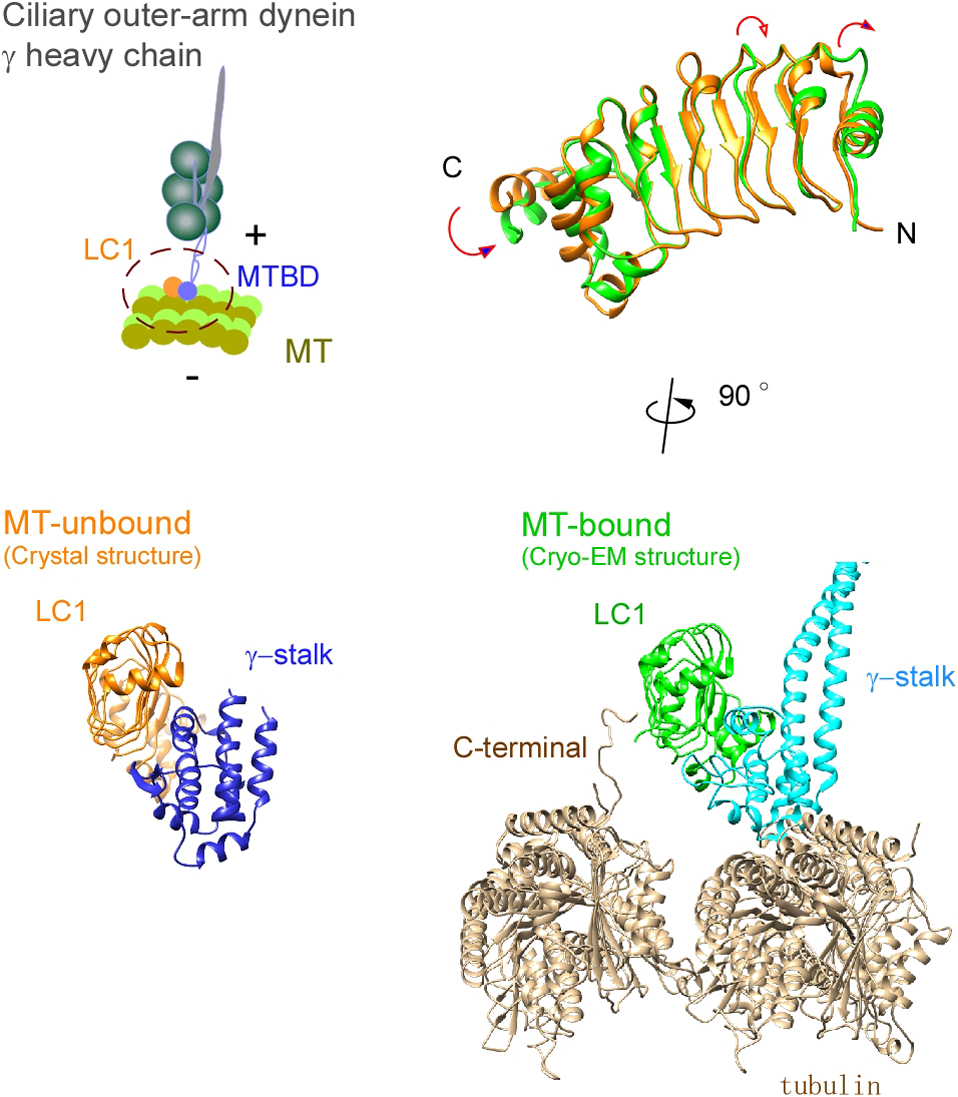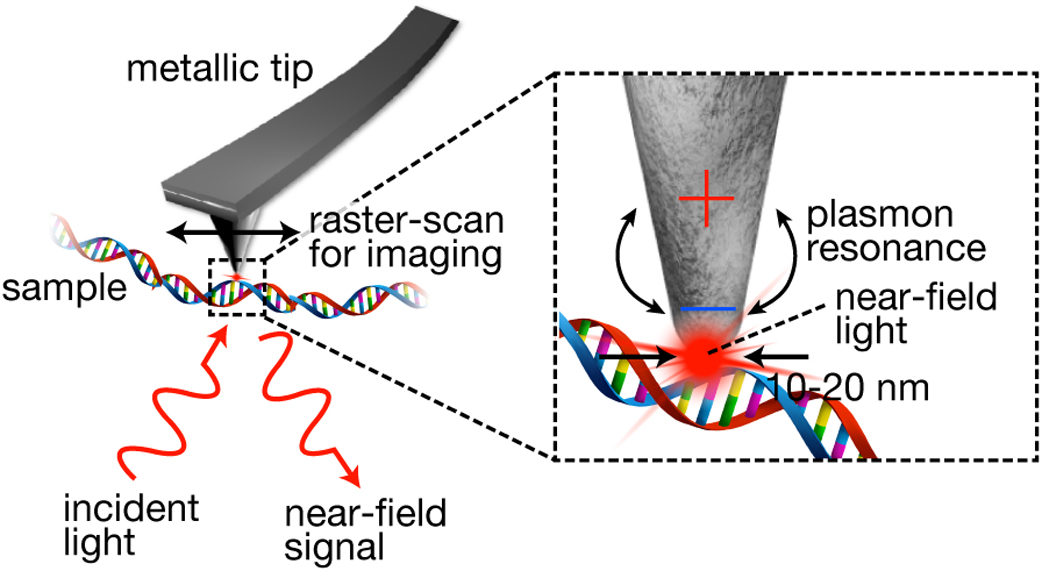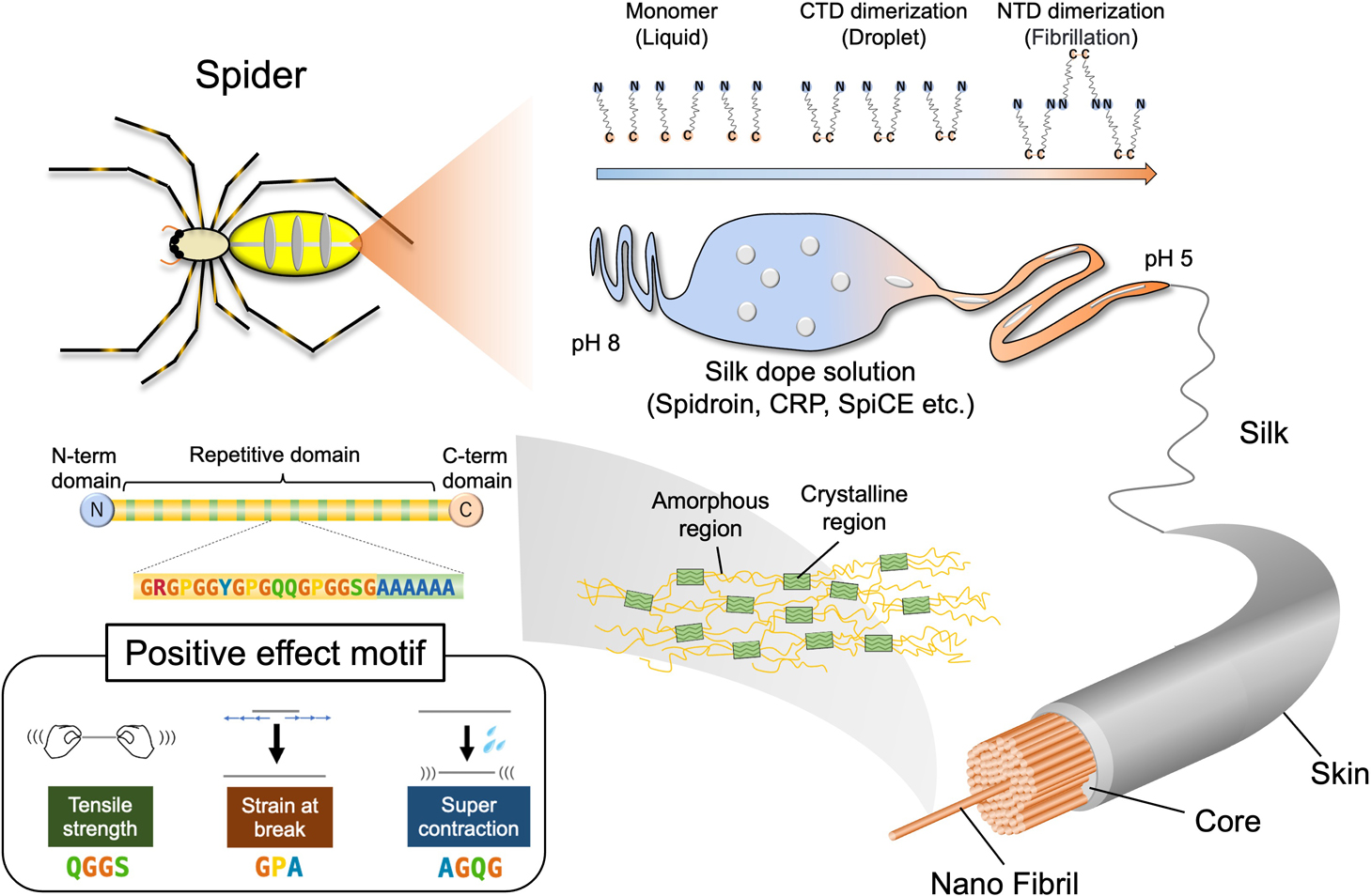Volume 20, Issue 1
Displaying 1-14 of 14 articles from this issue
- |<
- <
- 1
- >
- >|
Database and Computer Program
-
Article type: Database and Computer Program
2023 Volume 20 Issue 1 Article ID: e200001
Published: 2023
Released on J-STAGE: February 04, 2023
Advance online publication: January 07, 2023Download PDF (4050K) Full view HTML
Commentary and Perspective (Invited)
-
Article type: Commentary and Perspective (Invited)
2023 Volume 20 Issue 1 Article ID: e200002
Published: 2023
Released on J-STAGE: February 04, 2023
Advance online publication: January 11, 2023Download PDF (1279K) Full view HTML
Regular Article
-
Article type: Regular Article
2023 Volume 20 Issue 1 Article ID: e200003
Published: 2023
Released on J-STAGE: February 04, 2023
Advance online publication: January 14, 2023Download PDF (1689K) Full view HTML
Review Article (Invited)
-
Article type: Review Article (Invited)
2023 Volume 20 Issue 1 Article ID: e200004
Published: 2023
Released on J-STAGE: February 04, 2023
Advance online publication: January 19, 2023Download PDF (1804K) Full view HTML
Regular Article
-
Article type: Regular Article
2023 Volume 20 Issue 1 Article ID: e200006
Published: 2023
Released on J-STAGE: February 14, 2023
Advance online publication: February 02, 2023Download PDF (4973K) Full view HTML
Review Article (Invited)
-
Article type: Review Article (Invited)
2023 Volume 20 Issue 1 Article ID: e200007
Published: 2023
Released on J-STAGE: March 04, 2023
Advance online publication: February 03, 2023Download PDF (2710K) Full view HTML -
Article type: Review Article (Invited)
2023 Volume 20 Issue 1 Article ID: e200008
Published: 2023
Released on J-STAGE: March 04, 2023
Advance online publication: February 08, 2023Download PDF (2119K) Full view HTML -
Article type: Review Article (Invited)
2023 Volume 20 Issue 1 Article ID: e200009
Published: 2023
Released on J-STAGE: February 22, 2023
Advance online publication: February 08, 2023Download PDF (1867K) Full view HTML
Commentary and Perspective
-
Article type: Commentary and Perspective
2023 Volume 20 Issue 1 Article ID: e200010
Published: 2023
Released on J-STAGE: March 04, 2023
Advance online publication: February 09, 2023Download PDF (545K) Full view HTML
Review Article (Invited)
-
Article type: Review Article (Invited)
2023 Volume 20 Issue 1 Article ID: e200011
Published: 2023
Released on J-STAGE: March 04, 2023
Advance online publication: February 14, 2023Download PDF (2018K) Full view HTML -
Article type: Review Article (Invited)
2023 Volume 20 Issue 1 Article ID: e200012
Published: 2023
Released on J-STAGE: March 04, 2023
Advance online publication: February 22, 2023Download PDF (2953K) Full view HTML -
Article type: Review Article (Invited)
2023 Volume 20 Issue 1 Article ID: e200013
Published: 2023
Released on J-STAGE: March 14, 2023
Advance online publication: March 02, 2023Download PDF (4553K) Full view HTML -
Article type: Review Article (Invited)
2023 Volume 20 Issue 1 Article ID: e200014
Published: 2023
Released on J-STAGE: March 21, 2023
Advance online publication: March 10, 2023Download PDF (4008K) Full view HTML -
Article type: Review Article (Invited)
2023 Volume 20 Issue 1 Article ID: e200015
Published: 2023
Released on J-STAGE: March 21, 2023
Advance online publication: March 11, 2023Download PDF (1509K) Full view HTML
- |<
- <
- 1
- >
- >|












